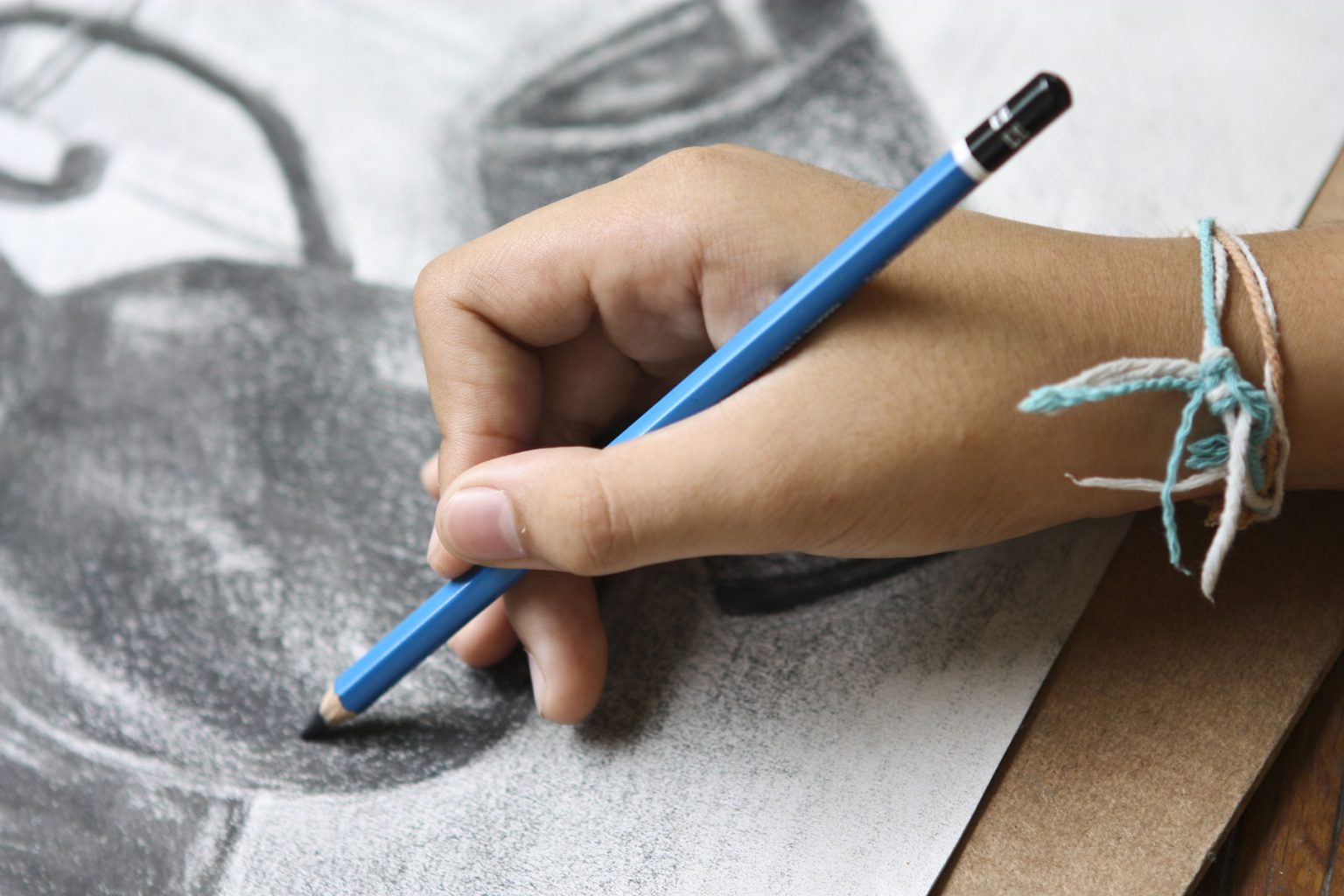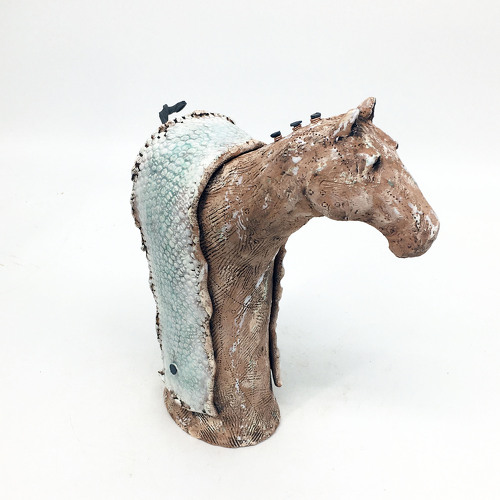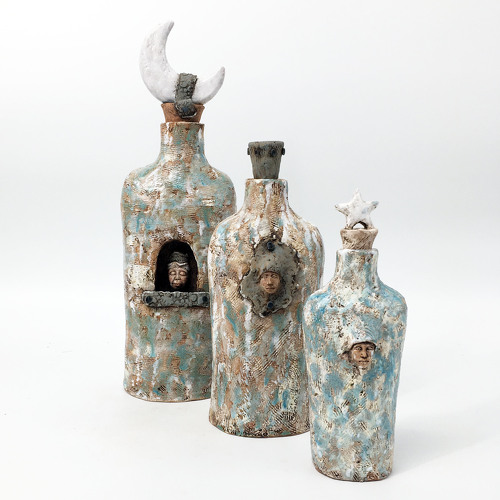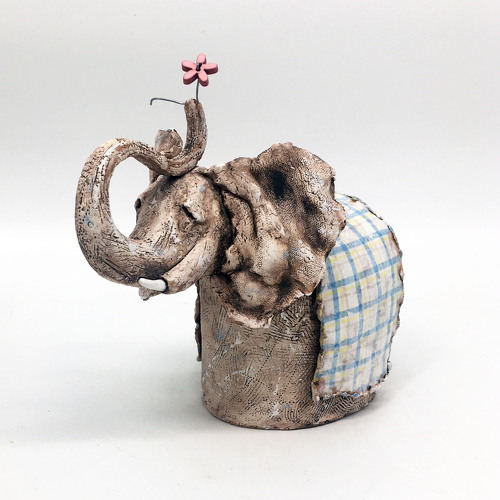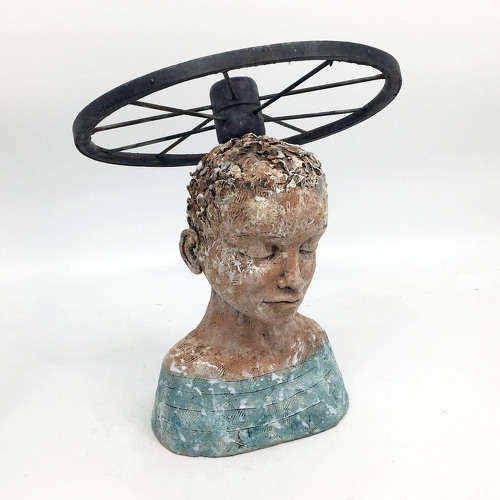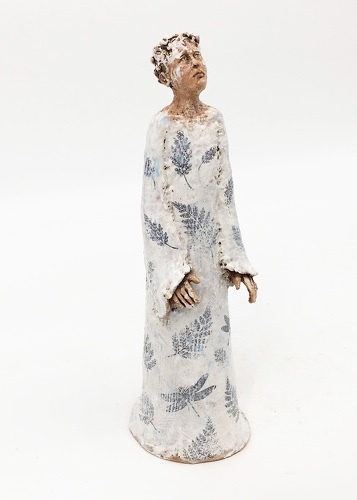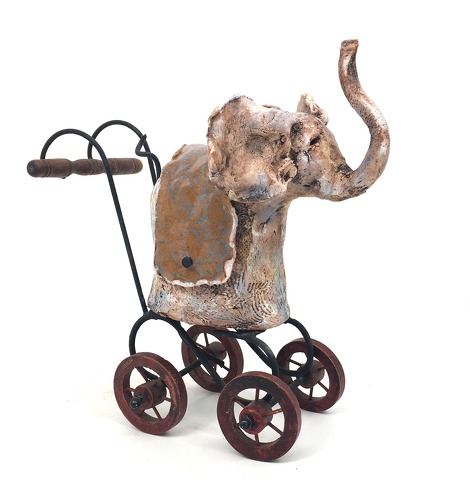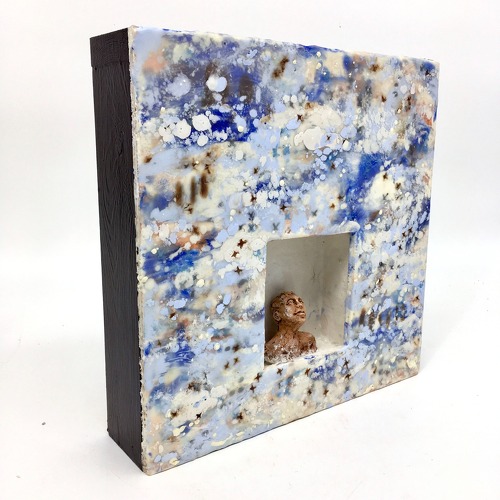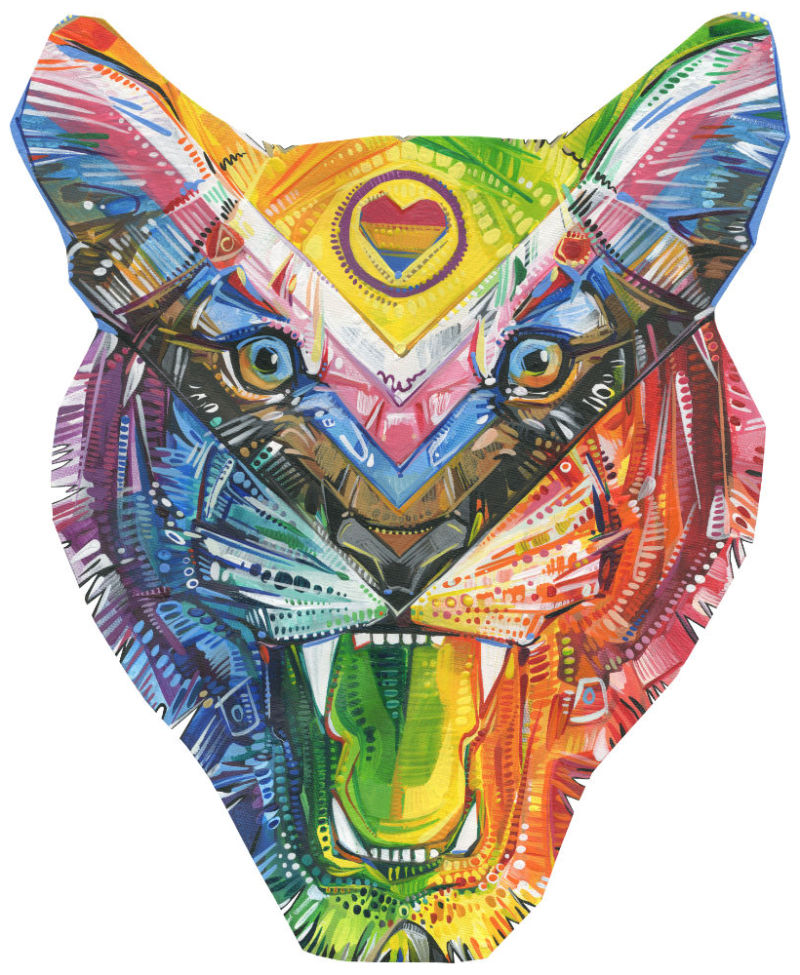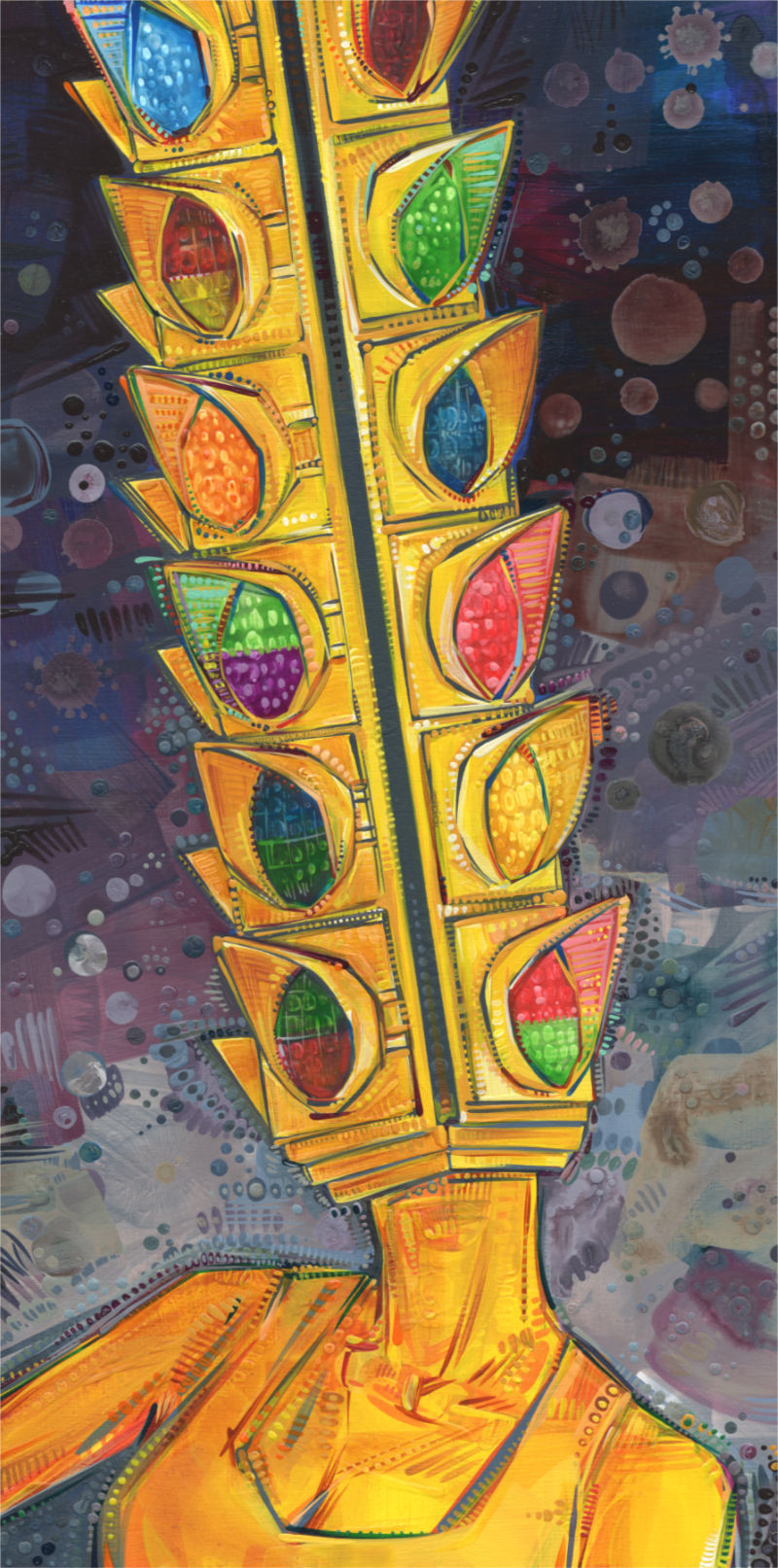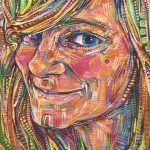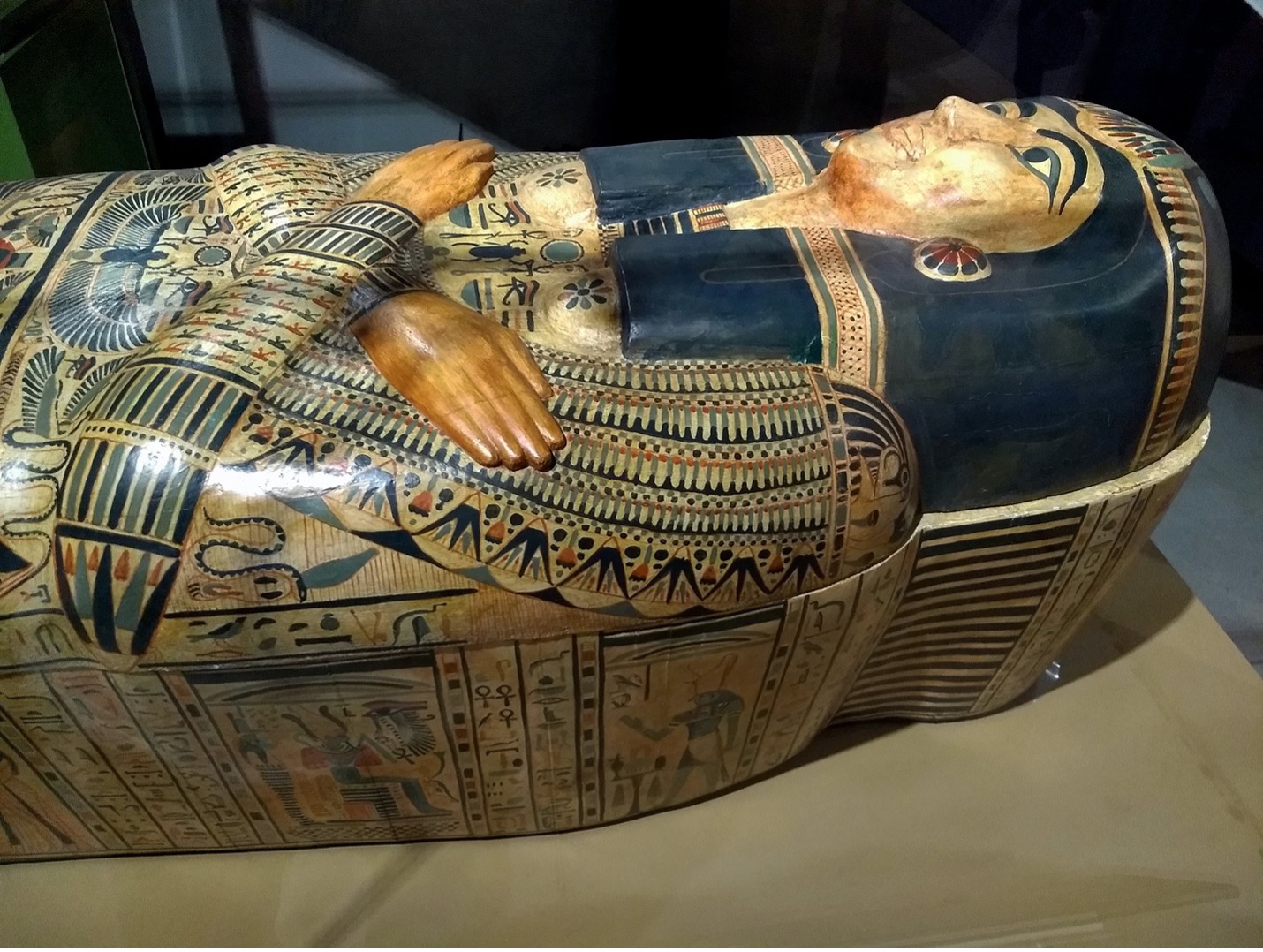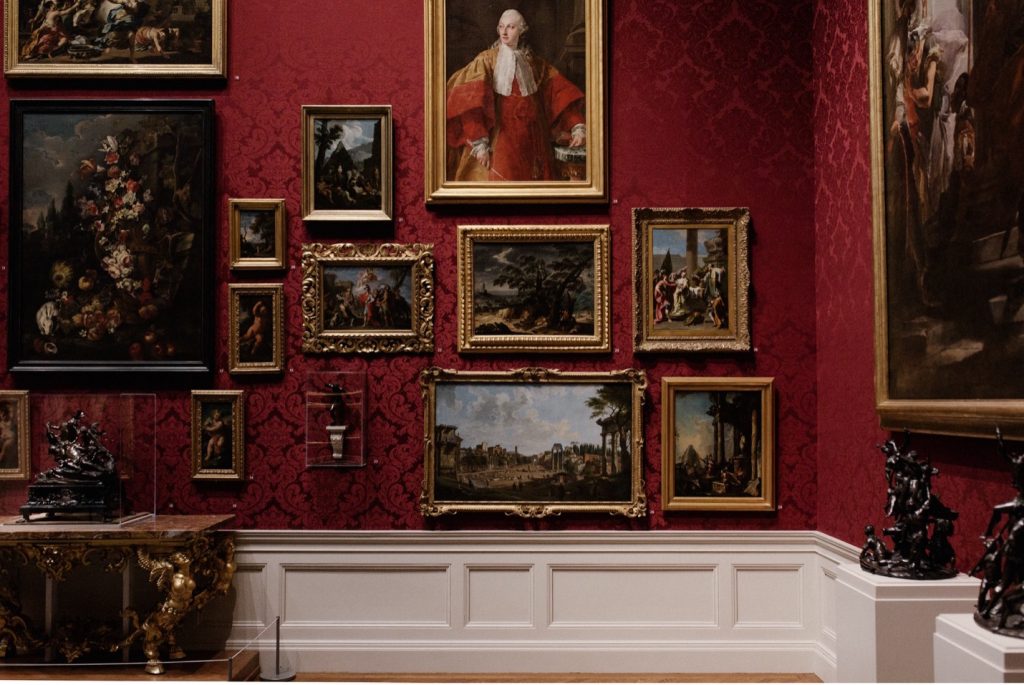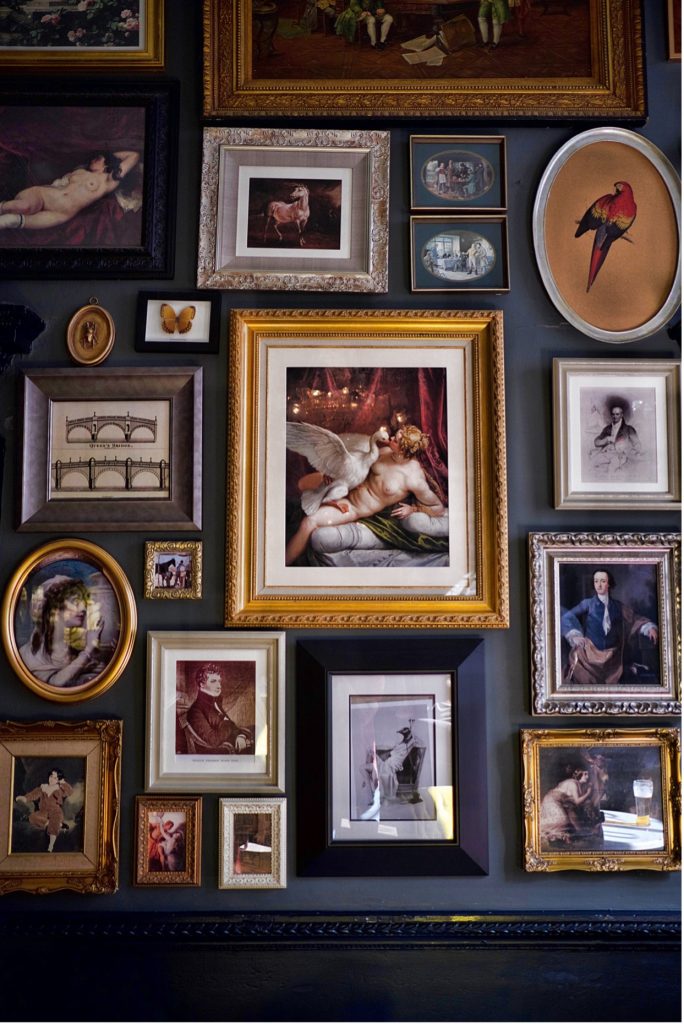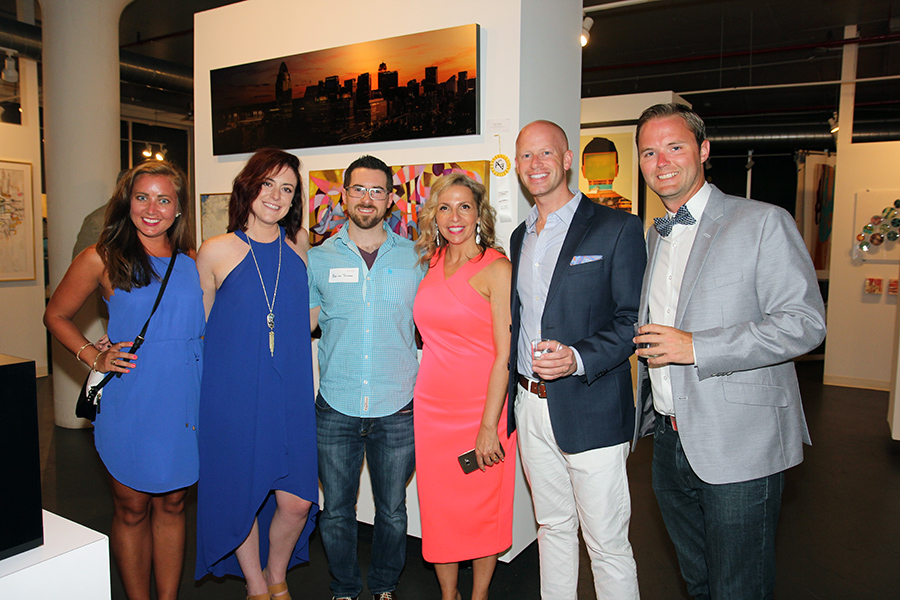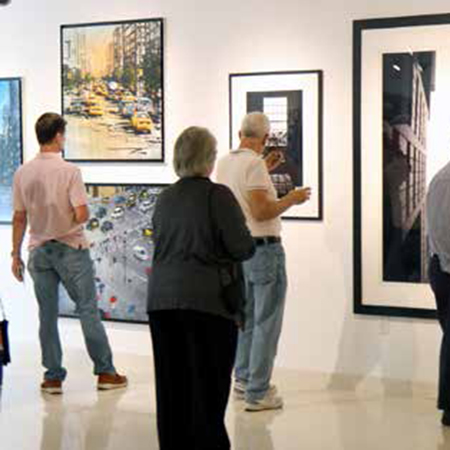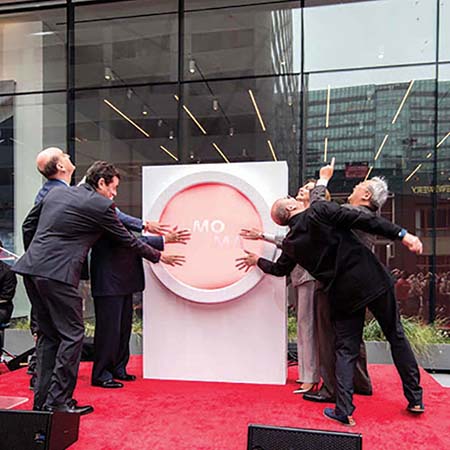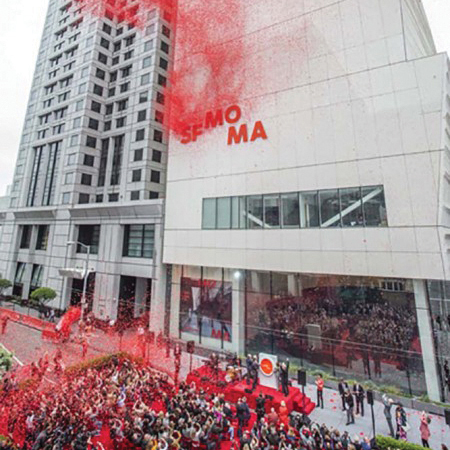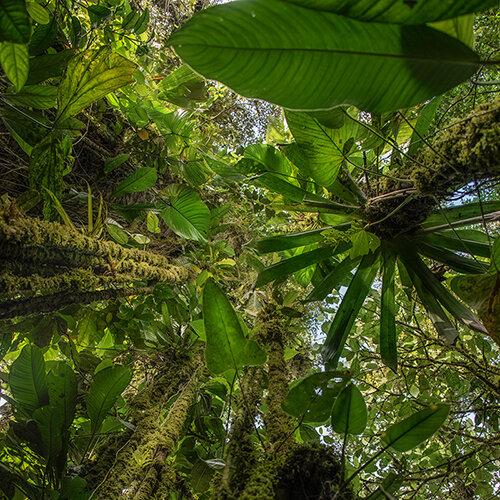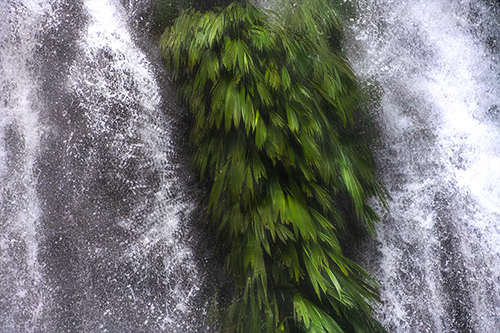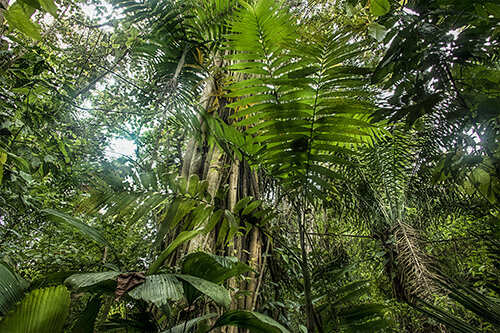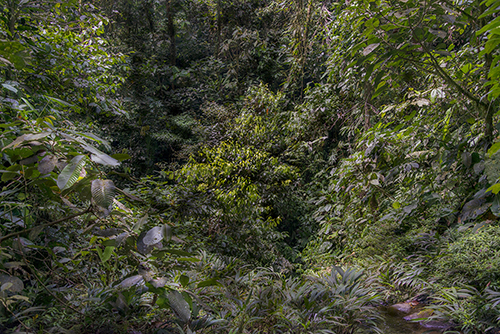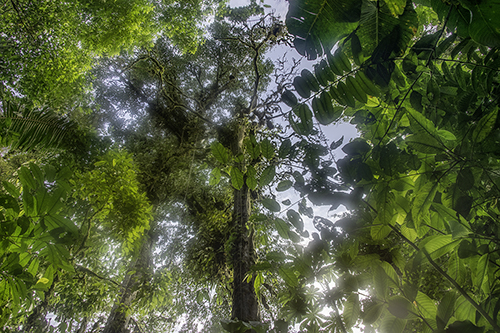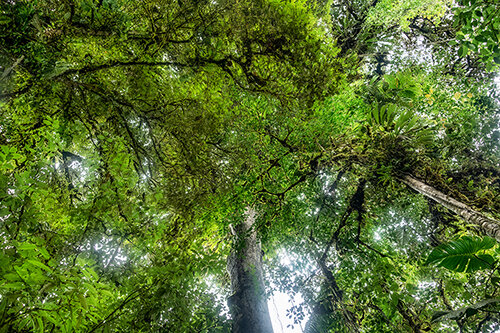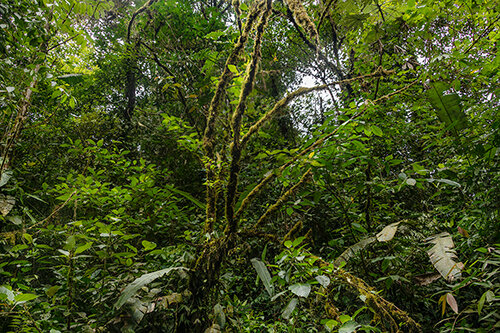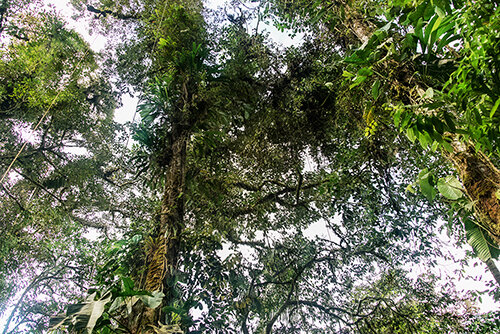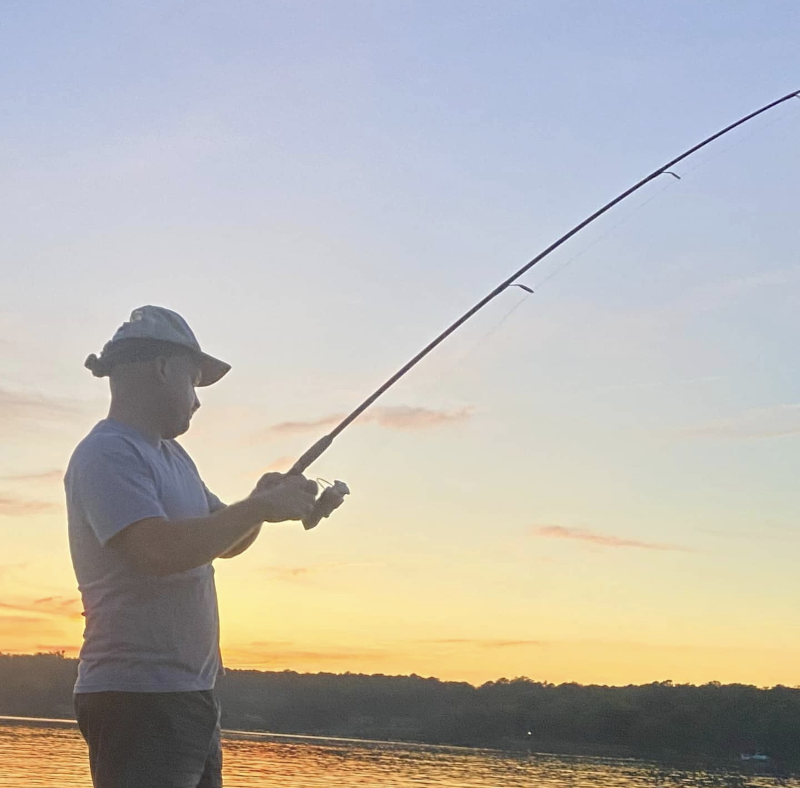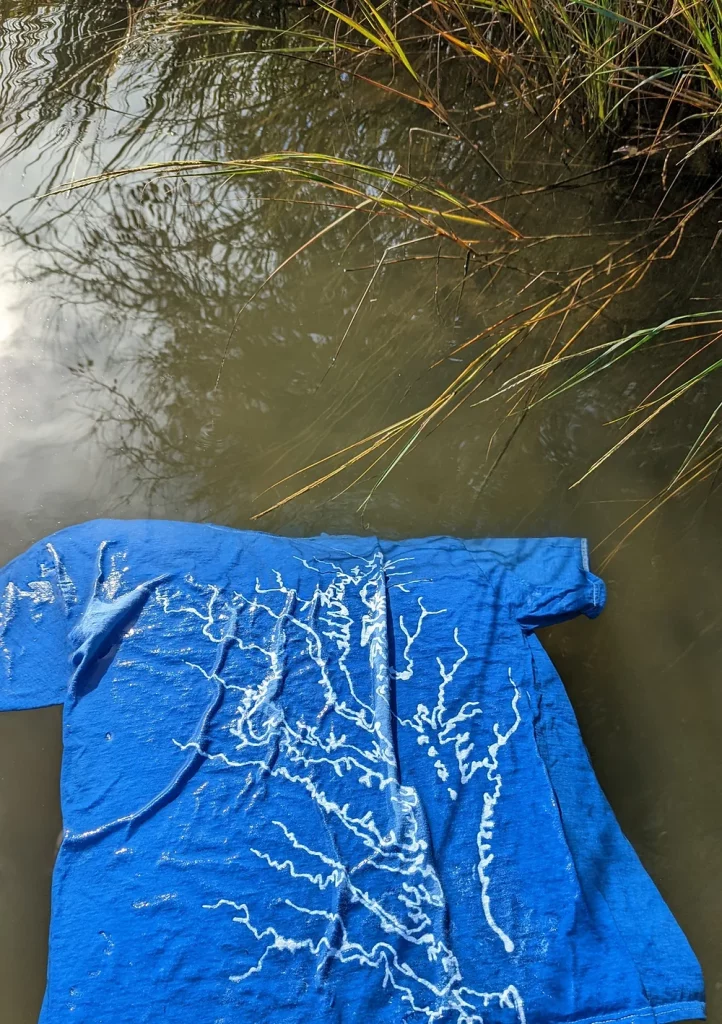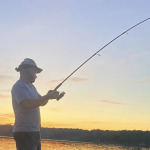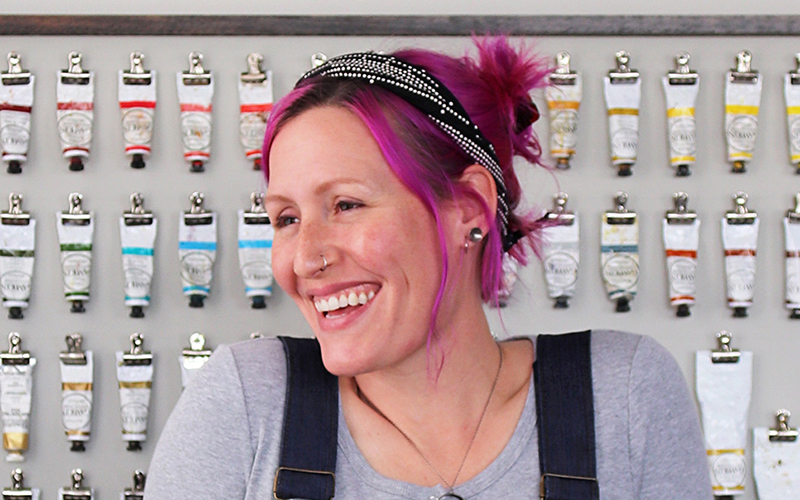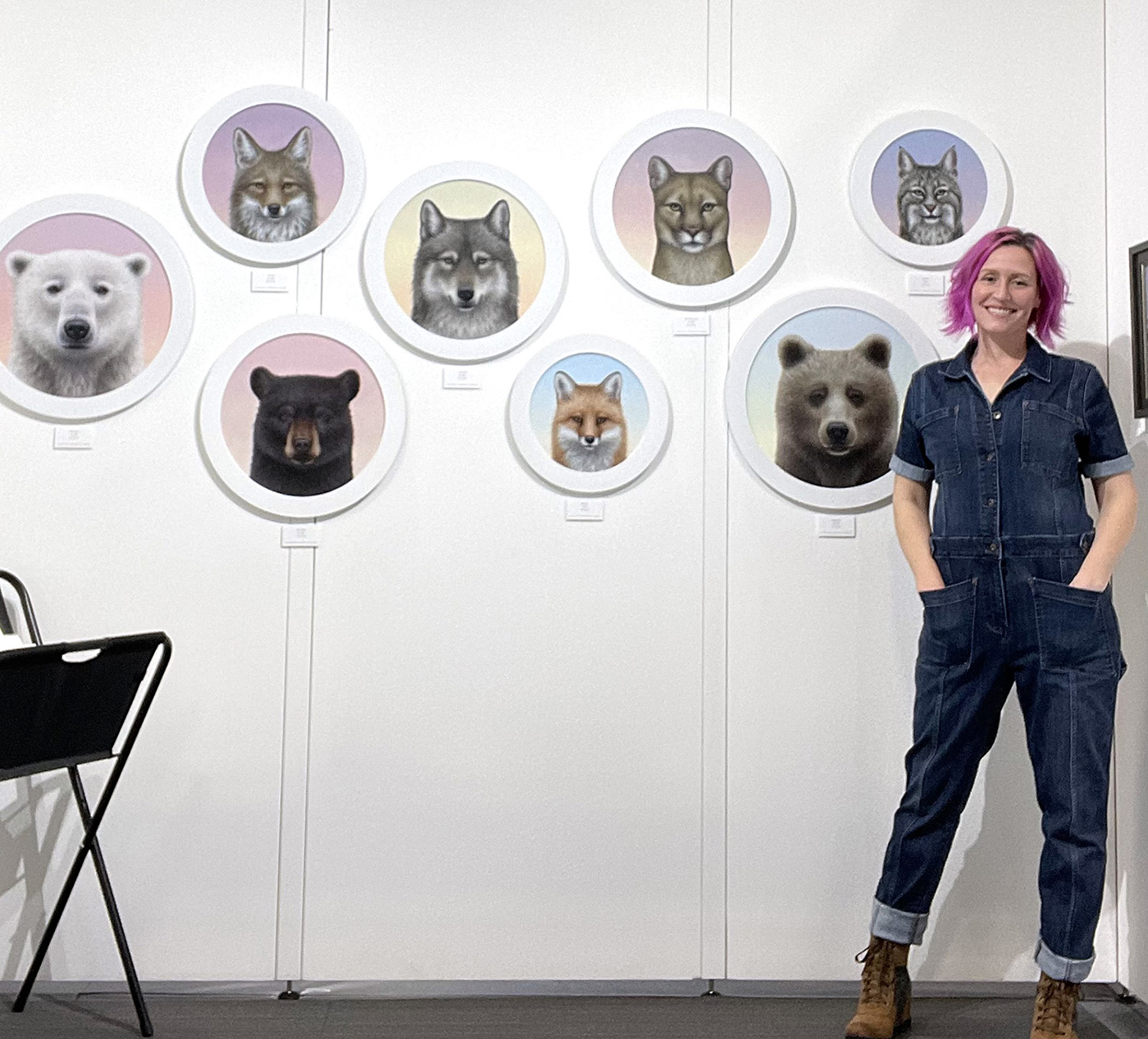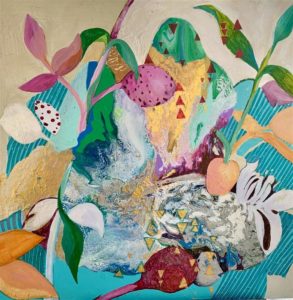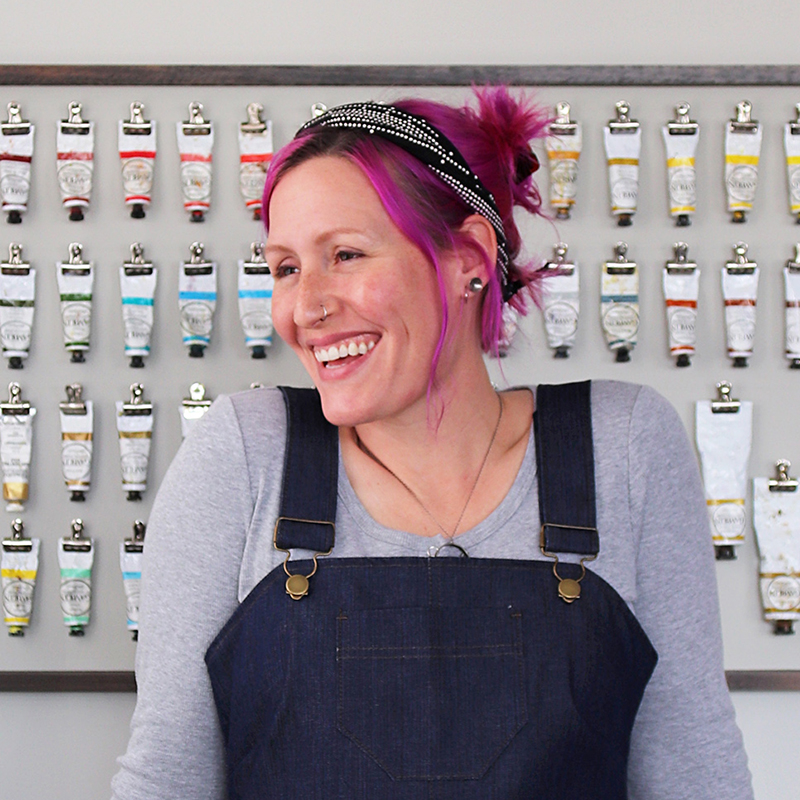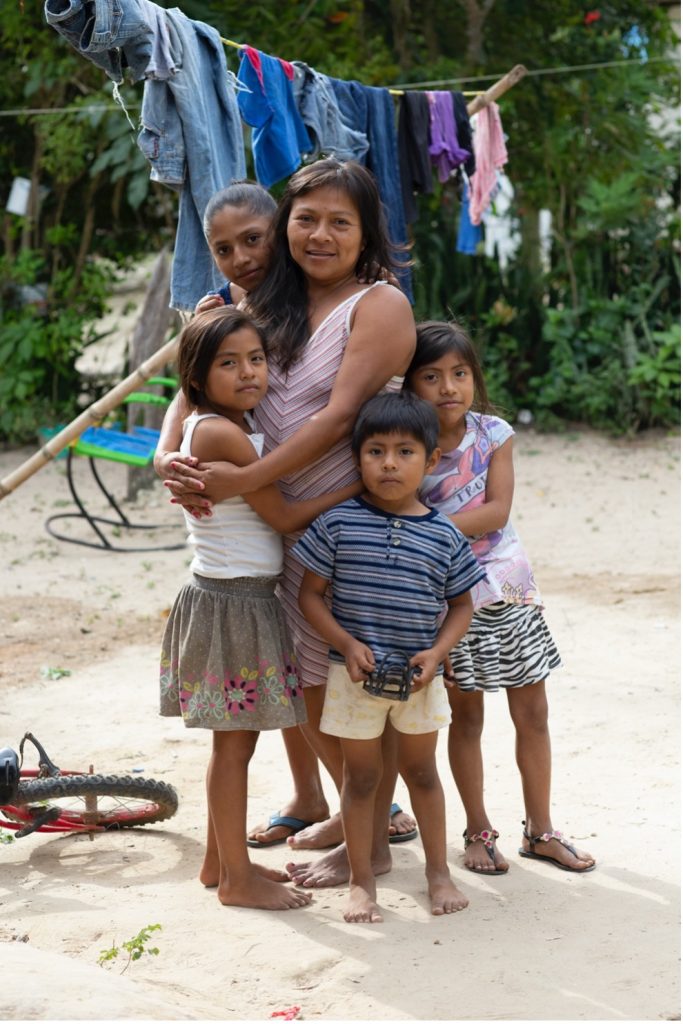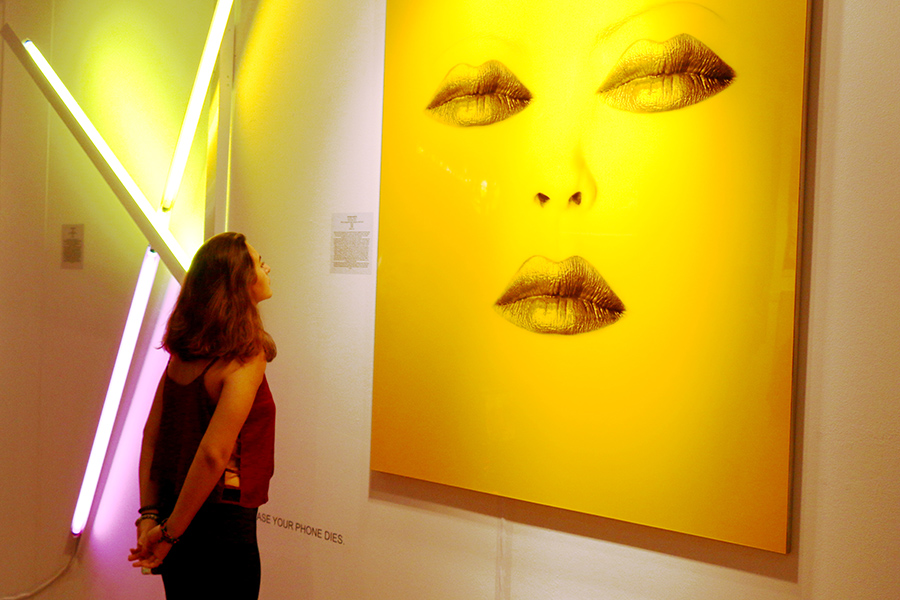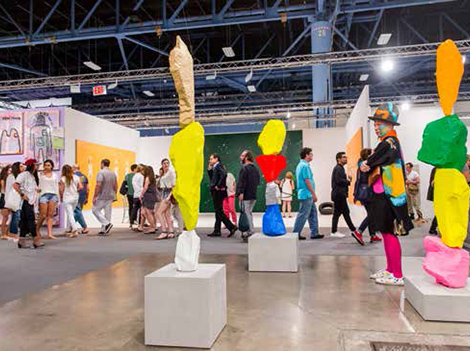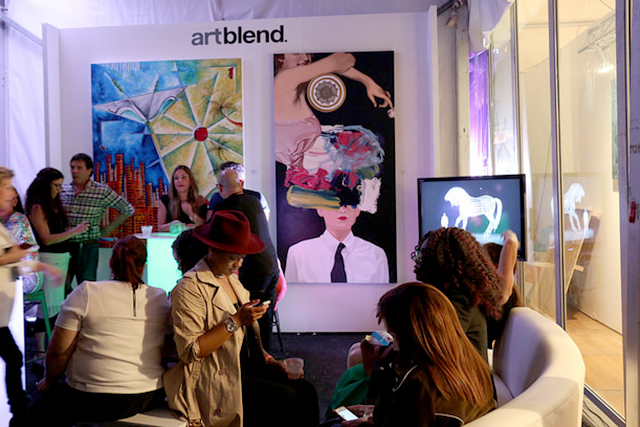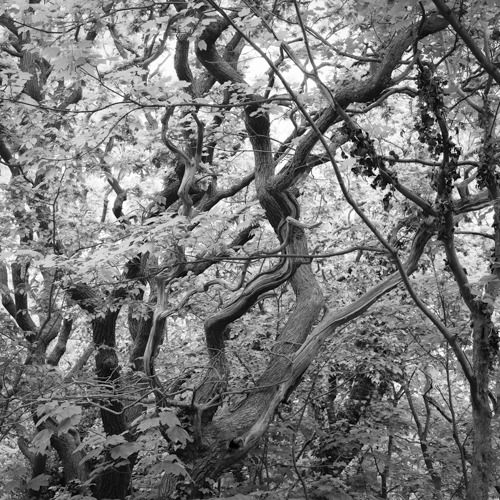Visual Literacy: The Holy Grail of Art
[ad_1]
Today’s art education should go beyond the goals of money-making or art for creativity’s sake
Many years ago, I worked for a theatrical scene shop that was engaged in a variety of projects at a new Universal Studios theme park. One project involved having artists “age” the exteriors of buildings to fit whatever milieu a scene required. The painters at the shop achieved this effect by using the specialized art of scene painting. As I walked along one themed street, I watched a talented painter create rust stains that appeared to have been there for years, but had been placed there only an hour before. He would paint an area and then stand back several feet to look at what he had just done before going back to the wall to paint. After repeating this sequence a few times, a supervisor told him to speed things up because there was a lot of area to cover. There was a brief discussion about art and process that ended with the supervisor telling him that this wasn’t his home studio: This was art for money, we give the client what they want, when they want it, and we don’t go broke doing it.
Neither that scenic artist nor his supervisor started out with a vision of art as a money-maker. Young children make art just for fun, so from the start their first art teacher is coming into the game in the second quarter. That student has an expectation of what “art” is going to be like, and it is a positive expectation that doesn’t involve factual content or vocabulary. If you were an elementary school art teacher looking into those eager faces, would you want to be the person who makes a child hate art by asking them to prove their learning in some sort of assessment? Probably not. In the absence of some higher power forcing you to perform such an atrocity, you substitute factual content with something else. You open the doors to creativity with performance tasks in various media and techniques.
That scenic artist had made the transition from wide-eyed excited child praised for his creativity to artist in the service of capitalism. And I bet he was happy to be there, as I bet you’re happy to be working in the arts, too, probably looking to get in deeper. But there was a lot to learn in order to get from wide-eyed child to employed artist cashing a check from the client, company, or gallery: facts about materials, techniques, and tools, not to mention contracts, taxes, and bookkeeping.
Students who dream of becoming working artists, and the rest who live in a culture increasingly bombarded with imagery, must develop a visual literacy, the holy grail of art education. Visual literacy provides students with the ability to express their thoughts and emotions and to understand the expressions of others.
If you ask children what they think of a painting, you’ll probably get simple value judgments. “It’s good.” “I like it.” “I don’t like it.” They require a special vocabulary to express why they feel a certain way. With knowledge of the elements and principles of art, children are able to identify the artist’s technique and have the words to express what they see and why the art creates those feelings.
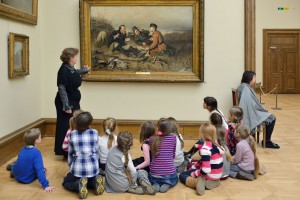 Visual literacy provides a connection between vocational art education and creative expression, as well as the tools necessary to understand the subtle messages and manipulations around us. It allows a 16-year-old art student who is desperate to communicate a sense of isolation and sadness to go beyond the stereotypical symbols that are so common in many artists’ early work. In a more commercial application, visual literacy enables fast-food restaurants to stimulate their customers’ appetites and increase turnover rate by adopting a yellow and red color scheme. Conversely, the decor of an upscale restaurant in Manhattan with a prix fixe menu is likely to be considerably more muted; the last thing they want is for you to feel rushed or still be hungry after dropping $1,000 in a single evening.
Visual literacy provides a connection between vocational art education and creative expression, as well as the tools necessary to understand the subtle messages and manipulations around us. It allows a 16-year-old art student who is desperate to communicate a sense of isolation and sadness to go beyond the stereotypical symbols that are so common in many artists’ early work. In a more commercial application, visual literacy enables fast-food restaurants to stimulate their customers’ appetites and increase turnover rate by adopting a yellow and red color scheme. Conversely, the decor of an upscale restaurant in Manhattan with a prix fixe menu is likely to be considerably more muted; the last thing they want is for you to feel rushed or still be hungry after dropping $1,000 in a single evening.
To effectively express yourself, or to collaborate with others, you have to learn the content of art. In most school districts, the delivery of that content is very similar. Young art students are encouraged to be creative in an age-appropriate range of media, and even if they are all following the same instructions leading to similar outcomes, at some point they are encouraged to make personal choices. They will do performance tasks like mixing colors, but unless testing of concepts is mandatory, the art teacher clings to the hope that the students are learning, or at least able to remember how they ended up with the color green they used in a particular project.
As the students grow, so does the range of projects they work on and the media they use. In high school they can start to take art classes in specialized subjects, like drawing, painting, crafts, ceramics, digital art, graphic design, and photography. In a fully functioning art program, a few students will take coursework in preparation for art education beyond high school. Although this K-12 curriculum has long served educators well in the past, it is incomplete and increasingly inadequate for producing students who understand imagery and the way it’s used to manipulate personal and public decisions.
Educators must introduce students to the ubiquitous use of imagery beyond the students’ personal conceptions of what art is. Generations of humans have believed in their science textbooks’ simplistic representations of atoms, waves of energy, and the solar system. These images do not reflect reality, however; they are visual analogies and metaphors that fit on the page. Musical notes and even the letters of the alphabet are images to which we assign sounds and combine to make melodies and words that in turn communicate thoughts and emotions. The use of imagery as a representation of some concept too large for us to imagine—deconstructed and abstracted to fit what we can understand—is an important part of visual literacy, though it does not fall into the accepted paradigm of art.
Although it may not lead directly to personal expression or occupational skills, a visual-literacy curriculum reveals to students how the presentation of ideas through images affects their perception of the world. These images often define their understanding of concepts or social issues for the rest of their lives.
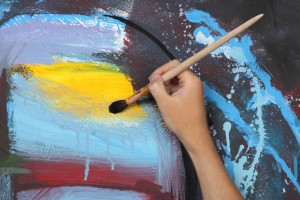 This idea might seem like a lot to add to what many art teachers think of as too little time to begin with, and it is a diversion from spending time in the traditional pursuits of art education. Some students already don’t like art, or art class, even without this added component.
This idea might seem like a lot to add to what many art teachers think of as too little time to begin with, and it is a diversion from spending time in the traditional pursuits of art education. Some students already don’t like art, or art class, even without this added component.
A very smart seventh grader once told me that art was his most difficult class. In every other class, the teachers told him what to do and how to do it. Math was learned processes, and social studies was facts and dates. The answers in those classes were either right or wrong. In art class, however, he felt lost without explicit instructions and black-and-white answers.
How do students approach the question: What makes a bowl “art” instead of just a bowl? Considering this type of question tends to give students pause. Ask them whether an ugly bowl is artwork, and the students have to ponder what “ugly” means and what “art” means. It may be the first time they’ve confronted an interpretive question. In their increasingly diverse culture, they will confront issues for which the answers are unclear. A comprehensive education in art can help them begin to tackle these situations.
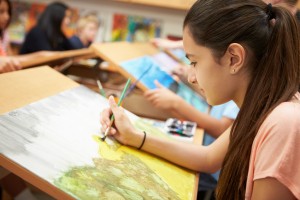 The problem with much of the discussion about art education is that it is highly subjective. The simple fact that every person is required to attend school means that everyone has their own personal experience from which they construct an opinion. As a middle school and high school art teacher, I’ve met hundreds of parents at open houses, and I am often struck by how many of them fondly remember their own art classes, even decades after graduating from high school. Many remember their art
The problem with much of the discussion about art education is that it is highly subjective. The simple fact that every person is required to attend school means that everyone has their own personal experience from which they construct an opinion. As a middle school and high school art teacher, I’ve met hundreds of parents at open houses, and I am often struck by how many of them fondly remember their own art classes, even decades after graduating from high school. Many remember their art
teachers as trusted confidants, and some talk about the hours they spent in the art room after school or when they should have been in other classes. I want to ask these parents whether they learned anything about art in their classes, but I don’t want to ruin the magic of the moment. I bet that one in 100 knows the basic elements and principles of art, and that estimation is generous.
We can’t continue to model curricula after our nostalgic personal experiences or to offer art education only to those who intend to find employment in the field. Everyone, especially a child growing up today, needs to understand the nature and the power of imagery. In today’s world, images are unavoidable, and they manipulate our selection in everything from products to presidents. The business of art is everyone’s business, not just the business of those who are cashing checks.
[ad_2]
Source link
